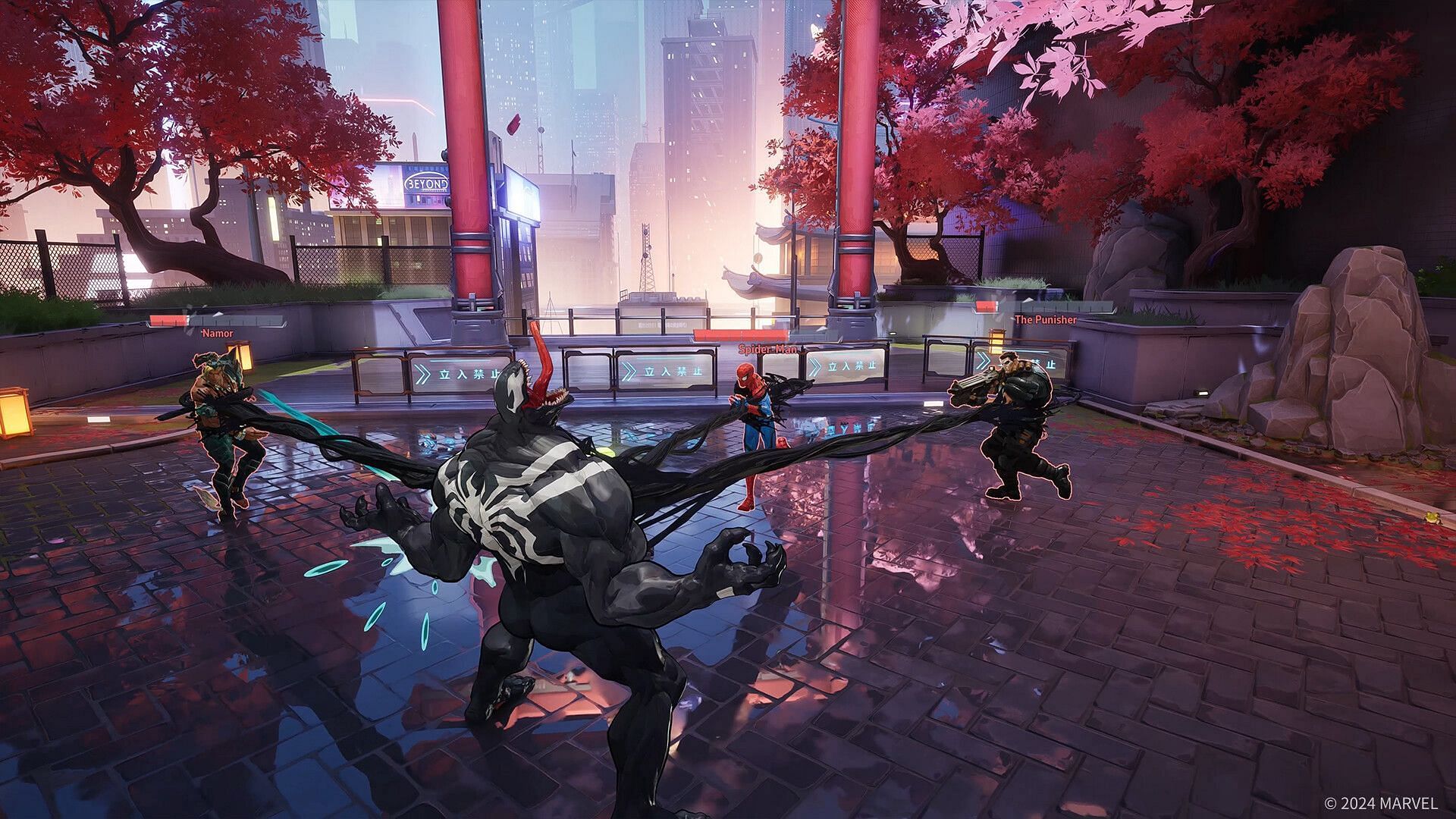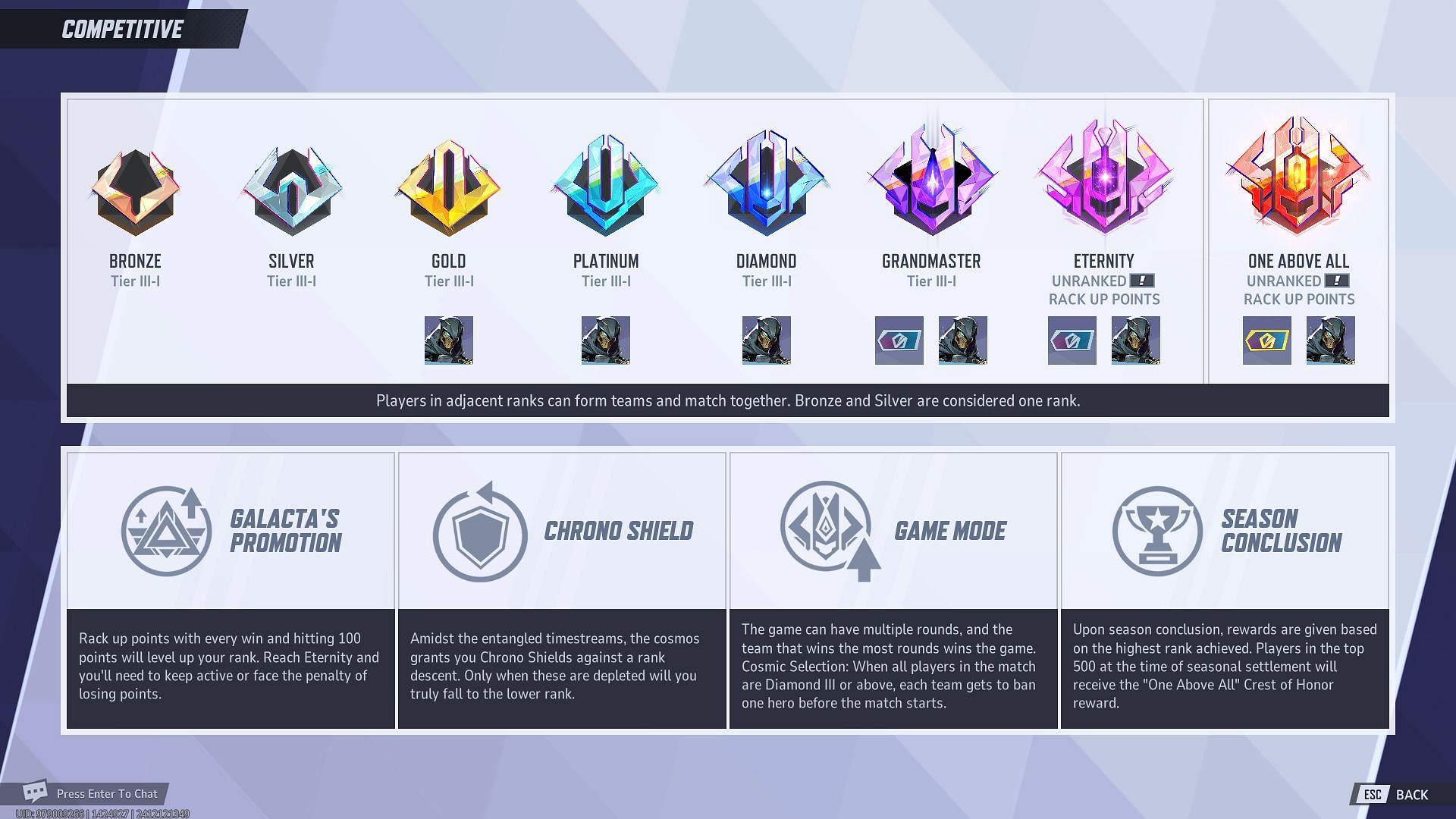Marvel Rivals Matchmaking: How Does It Work? [Explained]
Ever found yourself questioning the fairness of Marvel Rivals' matchmaking system? The quest for balanced and engaging matches is at the heart of any successful online game, and understanding how Marvel Rivals attempts to achieve this is key to enjoying your time within its vibrant universe.
The world of online gaming, particularly within the free-to-play sphere, often sees matchmaking systems as crucial components of player retention and satisfaction. Much like League of Legends, Marvel Rivals relies on its matchmaking to create a balanced and competitive environment. This process, often referred to as Engagement Optimized Match Making (EOMM) in practice, aims to pair players based on various factors, the precise details of which often remain shrouded in a degree of mystery. The goal, in theory, is to make each match a compelling test of skill, rather than a lopsided affair.
The experiences shared by players paint a picture of a system that, while striving for balance, can sometimes fall short. There are recurring trends that can frustrate players: one of the common observations is being grouped with teammates on losing streaks, while the opposing team seems to be composed of a well-coordinated unit.
Players express their frustrations in various forums, highlighting instances where matches feel drastically unbalanced. This imbalance manifests in several ways: teams either steamrolling opponents with ease or facing insurmountable odds, often leading to a sense of frustration and a lack of enjoyment. The feeling of helplessness, where individual contributions seem irrelevant to the outcome, is a common complaint. This dynamic, where the perceived skill gap between teams is vast, underscores the critical importance of a well-tuned matchmaking system.
This perceived discrepancy can be further complicated by the presence of players with significantly higher skill levels. The constant feeling of being outmatched, of facing opponents who seem to be operating on a different plane of gaming prowess, can be disheartening. Conversely, the presence of less experienced players on either team further throws off the balance. These issues highlight the inherent challenges in creating a matchmaking system that caters to a diverse player base, ranging from casual gamers to dedicated veterans.
The implementation of SBMM, or Skill-Based Matchmaking, is designed to address these concerns. SBMM aims to create a more balanced and competitive gaming environment by pairing players with those of comparable skill levels. By considering factors beyond just wins and losses, the system strives to provide matches where everyone has a chance to succeed. The goal isn't just to facilitate matches, but to make each encounter balanced and combative. However, the specific mechanics of Marvel Rivals' SBMM remain undisclosed, keeping players on their toes.
The core principle of SBMM is straightforward: the game analyzes player data to assess their skill level and then uses this information to create matches that are, ideally, evenly matched. This system looks at several stats to determine your skill level. The goal is to increase the likelihood of close and engaging contests. The game aims to make each encounter balanced and combative, and not just a walk in the park.
Player experiences, however, reveal a complex reality. A winning streak is inevitably followed by a losing streak and vice versa. The community often grapples with the question of whether the system is rigged or not.
In competitive mode, your visible rank (from bronze to one above all) determines your matchmaking. However, unlike the competitive mode, the SBMM is less strictly followed in casual modes.
The matchmaking system in Marvel Rivals, like many others, relies on an algorithm that attempts to balance matches based on various player metrics. The exact details of these algorithms are usually kept private by developers, but the general principle involves assessing player skill and grouping similarly skilled players together. This involves considering not only wins and losses but also the manner in which those wins and losses were achieved. For example, the system might account for factors such as kill-death ratios, objective contributions, and the performance of the player in specific game modes.
The goal of SBMM is to create matches where the skill level of each team is roughly equivalent, leading to more exciting and competitive gameplay. This approach seeks to eliminate the feeling of one-sided matches where one team dominates the other. In theory, SBMM would lead to 100% of your matches feeling close. The complaint around SBMM is that there is no time to relax because when you know 100% of the time will be against people roughly as good as you, you have to try your hardest 100% of the time.
However, the success of any matchmaking system depends on its ability to accurately assess player skill and efficiently pair players together. A poorly implemented system can lead to imbalances, frustrating experiences, and a decline in player engagement. The aim is to make each match a compelling test of skill, rather than a lopsided affair. In theory, SBMM would lead to 100% of your matches feeling close. The complaint around SBMM is that there is no time to relax because when you know 100% of the time will be against people roughly as good as you, you have to try your hardest 100% of the time.
The issue of matchmaking frequently ignites debates within the gaming community. The notion of "rigging" often surfaces when players experience a series of losses after a string of wins. This perception can arise when players are matched with teammates who appear to be significantly less skilled or when the opposing team seems overwhelmingly strong. These experiences can lead to frustration, as players may feel that the system is intentionally manipulating match outcomes.
In addition to the technical aspects of the algorithm, the perception of fairness can also be influenced by external factors. The use of pre-made teams (e.g., groups of friends or clan members) can significantly affect match balance. A team of highly coordinated players will naturally have an advantage over a team of solo queue players. This difference in coordination and communication can create a sense of imbalance, even if the individual skill levels of the players are relatively equal. Furthermore, the impact of lag, server performance, and potential cheaters can further complicate the perception of fairness.
The Marvel Rivals community's discussions regarding the matchmaking system are a testament to the importance of fair and balanced gameplay. Players invest time and effort into mastering the game and expect to be matched against opponents of a similar caliber. The goal is to make each match a compelling test of skill, rather than a lopsided affair.
While the precise workings of the matchmaking system remain veiled, players continue to share their experiences, offer insights, and propose strategies to improve their competitive experience. This ongoing dialogue highlights the collaborative nature of the gaming community and its shared interest in optimizing the quality and enjoyment of the game.
The debate around SBMM highlights the challenges of balancing player skill with other factors, such as queue times and team composition. The Marvel Rivals community's discussions regarding the matchmaking system are a testament to the importance of fair and balanced gameplay. The goal is to make each match a compelling test of skill, rather than a lopsided affair. In essence, a well-implemented matchmaking system isn't merely a technical component, it's a cornerstone of a thriving online gaming community.


